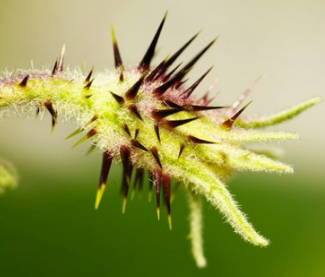
Study of priority species of wild relative species of cultivated plants.
In order to ensure the preservation of biodiversity, it is important not only to preserve genetic resources in natural habitats (in situ) in the gene bank and field collections.
The United Nations Food and Agriculture Organization's (FAO) Commission on Genetic Resources has recommended that countries draw up action plans to preserve crop wild relatives in situ. The same recommendation was made during the mid-term evaluation of the programme "Collection and preservation of genetic resources for agricultural crops for 2014-2020".
The first stage of drawing up the action plan is the compilation of lists of species to be preserved.
The priority for the conservation of wild relative species of cultivated plants depends on the endemicity, status, distribution, level of danger of the species, as well as the use and importance as food and feed plants in the production and plant breeding of cultivated plant species belonging to the same genus.
